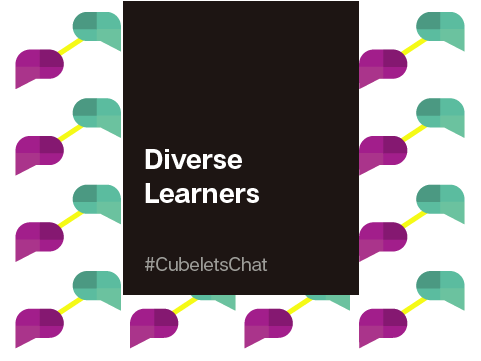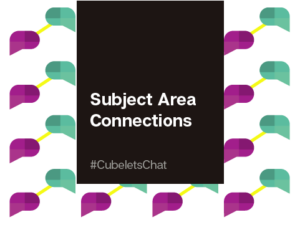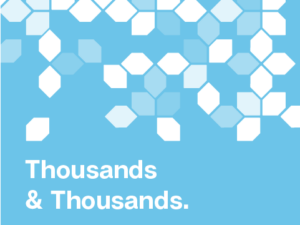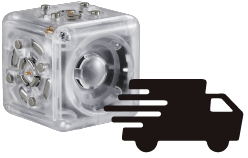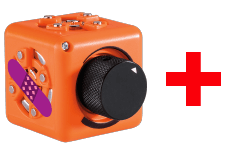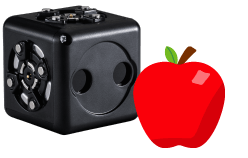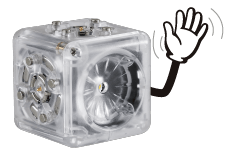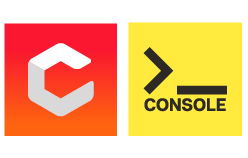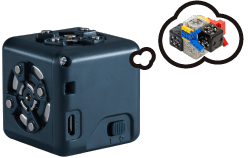Educators are dedicated to helping all children learn. Supporting diverse learners with Cubelets means paying attention to how every learner is unique – and looking for opportunities to create learning that is accessible to every child in the classroom. So how do Cubelets support diverse learners?
Because kids are all so different, the way Cubelets support them is different, too. Let’s take a look at a few common diversities that educators need to account for.
- Learning speeds: teachers design lesson plans with a focus on making sure every student has what they need to succeed. That means having ways to extend learning for early finishers and having plans to reteach or provide additional instructional minutes for students who need a little extra support. Cubelets lesson plans all have intervention and extension ideas for teachers. They list off which additional Cubelets to carry “in your back pocket” and include guided exercises to support learners who might have trouble with an open inquiry into some of the topics.
- Language & Literacy: Good news! Cubelets don’t require any formal literacy training. They are designed to be intuitive and they naturally promote conversation among students. In fact, at Modular Robotics, we recommend Cubelets as a great tool to use while practicing verbal and written communication as opposed to reading. Working with Cubelets can give all students a common experience to bond over while different students practice different speaking and writing skills. The good news is the vocabulary around Cubelets is new to every student – so students who are learning your main classroom language as their second- or third-language will have the opportunity to start on a slightly more balanced playing field. Everyone wins!
- Visual and physical impairments: Because Cubelets are 2” cubes, they are accessible to students who may still be developing fine motor skills. Each Cubelet can be picked up using a variety of grasps – not just fine motor ones. In addition, Cubelets can be picked up using magnetic metals so if students have a grasper or other physical assistive device, it can be used with Cubelets. We also regularly support schools for the blind. Because each Cubelet* has a unique face on it, blind students can differentiate the Cubelets they are using based on touch alone. Add the Flashlight, Drive and Speaker Cubelets and enter a land of learning together! *Note: THINK Cubelets all feel the same (they normally differentiated by color). Many schools for the blind add braille identifiers to the THINK Cubelets that are required for their lessons, but only THINK Cubelets require this extra treatment. All SENSE and ACT Cubelets are identifiable by touch alone!
Do you have a student or two that you have questions about? Reach out to our customer support team. If they can’t answer your question, they’ll introduce you to the Modular Robotics Educational Designer.
